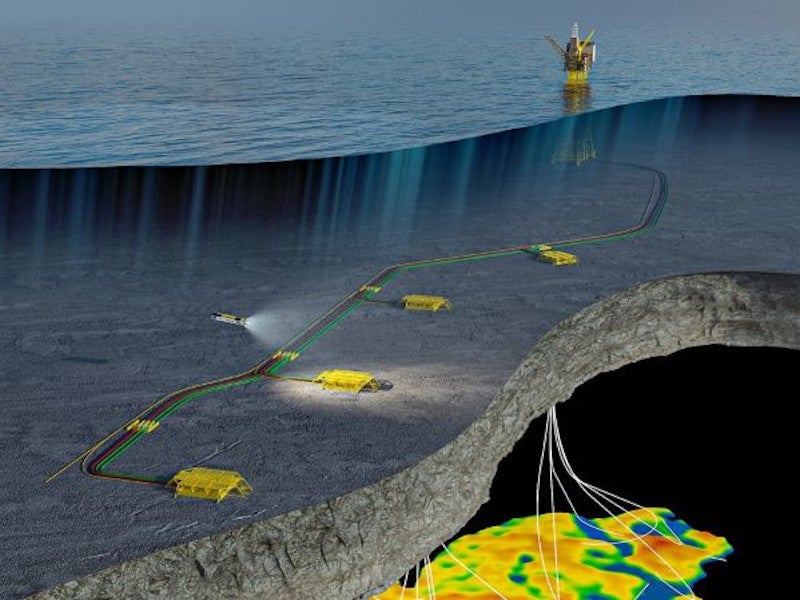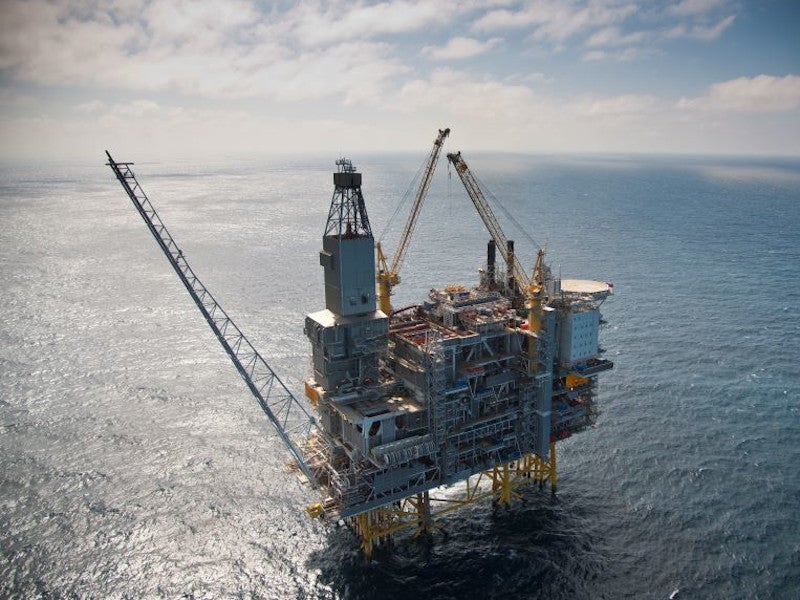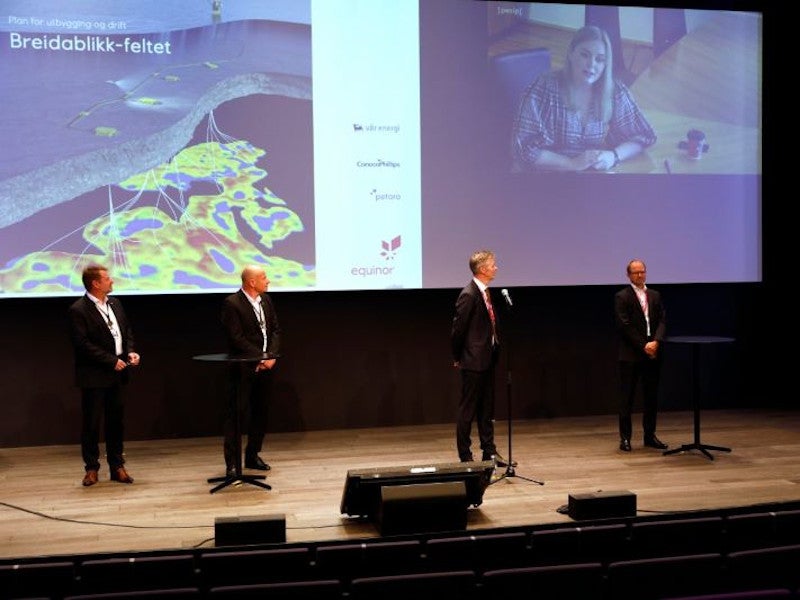The Breidablikk offshore field is considered to be one of the biggest undeveloped oil fields in the Norwegian Continental Shelf. It is proposed to be jointly developed by Equinor, ConocoPhillips, Var Energi, and Petoro with Equinor as the operator.
The project partners submitted the plan for development and operation (PDO) of the field to the Norwegian authorities in September 2020. The Breidablikk field is proposed to be developed as a subsea tieback to an existing offshore platform.
The total investment on the offshore field development project is estimated to be approximately NOK 18.6bn (£1.52bn) ($1.94bn)
The project partners will take a final investment decision after receiving project development approval from the Norwegian authorities, while the first oil from the field is expected in the first half of 2024.
Location and reservoir details
The Breidablikk field is located northeast of the Grane field, approximately 185km west of Haugesund, in the central part of the North Sea, Norway. The field’s resources are believed to be spread over 37km2, while the water depth in the field area is approximately 130m.
Discovered in 1992, the main reservoir of the Breidablikk field comprises oil-bearing Paleocene sandstone in the Heimdal Formation.
The reservoir is located approximately 1,750m-deep beneath the seabed and the total recoverable oil reserves from the field are estimated to be approximately 200 million barrels.
Breidablikk field development plan
The Breidablikk field development will comprise four subsea templates with a total of up to 23 production wells. The subsea production system will be tied back to an existing platform in the Grane field. Two separate umbilicals will be laid for hydraulics and chemicals, and power and communication.
The oil from the Grane platform is transported to the Sture terminal in Oygarden, Norway through the 212km-long Grane Oil Pipeline.
The Grane platform will undergo modifications and upgrade to handle production from the Breidablikk field. The processing equipment as well as the water purification system of the platform will be upgraded as part of the Breidablikk field development project.
The Breidablikk field will be operated from Equinor’s integrated operations centre at Sandsli in Bergen, Norway.
Contracts awarded
Aker Solutions was awarded a contract worth approximately NOK 2.5bn (£204m) ($261m) to supply a subsea production system for the project in September 2020. The scope of the contract includes the delivery of four subsea templates, 23 subsea trees, Vectus subsea control system, and associated components.
Odfjell Drilling was awarded a letter of intent to drill wells for the Breidablikk project in October 2020. The scope of the contract includes 15 firm wells as well as an option to drill nine additional wells. Deepsea Aberdeen, a semi-submersible rig, is planned to be deployed to drill wells for the project for an estimated duration of 2.5 years starting in the spring of 2022.
The contract value is estimated to be approximately £224m ($290m) excluding the costs for integrated services, maintenance, modifications, mobilisation, and demobilisation.
Wood Group was awarded an engineering, procurement, construction, and installation (EPCI) worth approximately £66m ($84m) to perform modifications on the Grane platform in September 2020. The scope of the contract includes the integration of new pipelines and an umbilical, as well as the expansion of the water processing capacity at the Grane platform.
Earlier, Wood Group also performed the front-end engineering design (FEED) study for the work scope.
TechnipFMC was awarded a pipelaying contract for the project in June 2020. The pipelines will be fabricated in the TechnipFMC’s Orkanger spoolbase in Norway.





